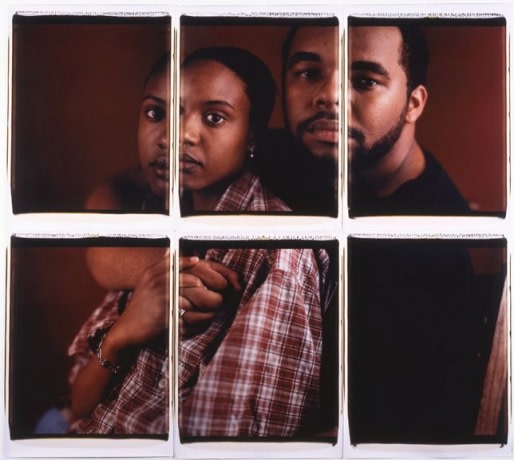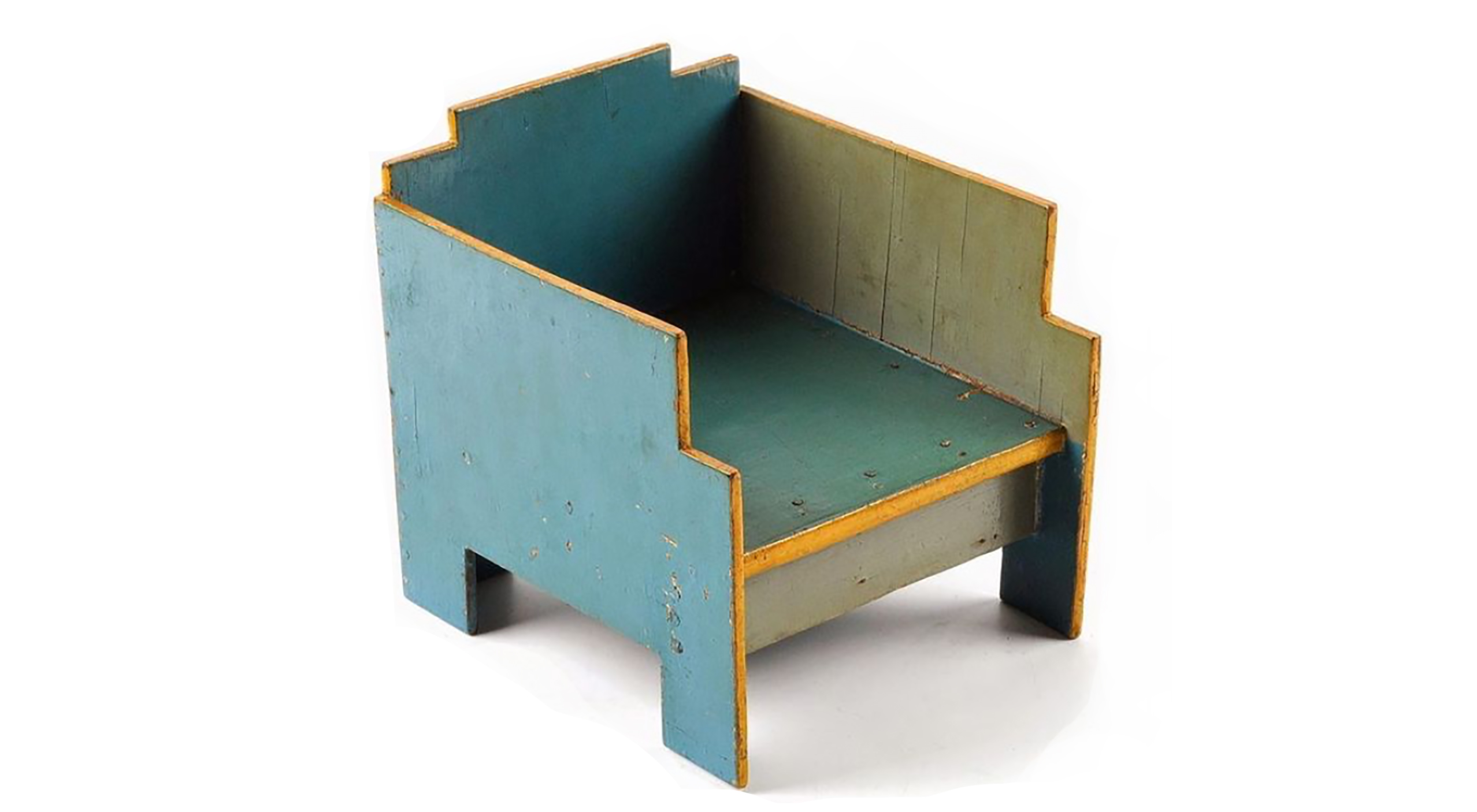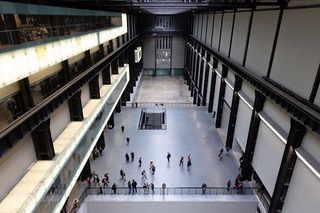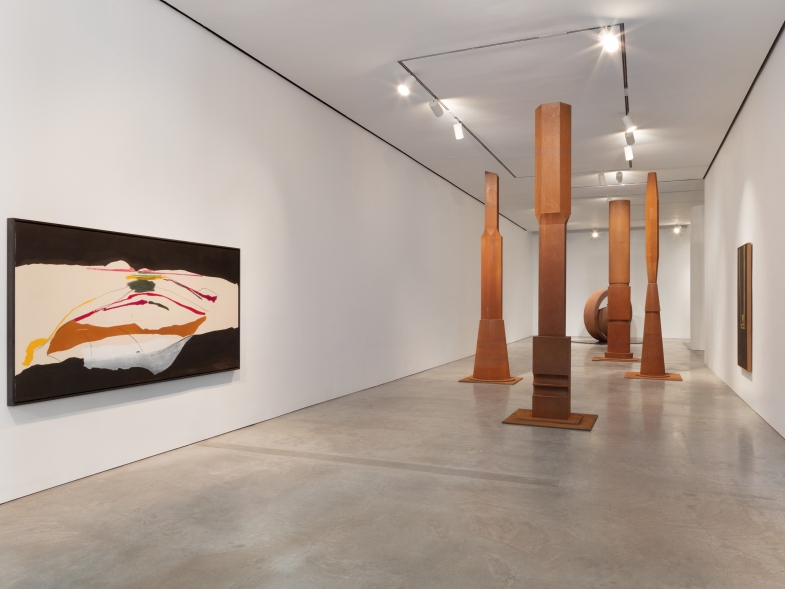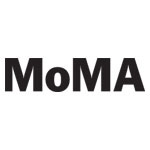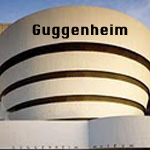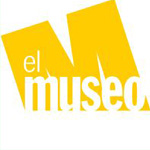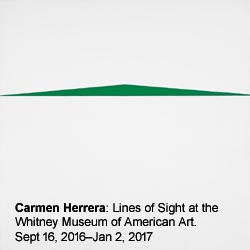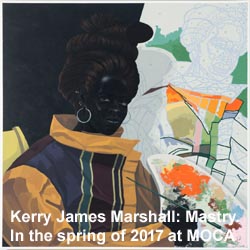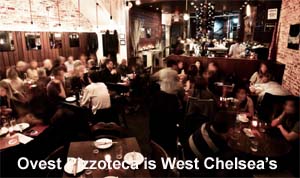| The Pleasure’s All Mine developed out of a desire to create a context to explore contemporary artists’ psychological and bodily approach to making. This exhibition grew from discussions between Sarah Gillham and myself searching for deeper unseen similarities that resonate between our works. By expanding this dialogue to include Liane Lang and Rachel Thorlby, we combined overlapping themes such as attraction and repulsion, indulgent awkwardness, sensual tension, and morbidity. This four-way interaction allowed for more in-depth play between two and three dimensions with a variety of different media, including collage, painting, photography, and sculpture. |  |
Mindy Lee
The Pleasure’s All Mine developed out of a desire to create a context to explore contemporary artists’ psychological and bodily approach to making. This exhibition grew from discussions between Sarah Gillham and myself searching for deeper unseen similarities that resonate between our works. By expanding this dialogue to include Liane Lang and Rachel Thorlby, we combined overlapping themes such as attraction and repulsion, indulgent awkwardness, sensual tension, and morbidity. This four-way interaction allowed for more in-depth play between two and three dimensions with a variety of different media, including collage, painting, photography, and sculpture. As the show developed, and the works were physically introduced to each other, their subversive unraveling of the bodily and play between what we see and feel shifted from an offbeat humorous relationship to something darker and more distinctly Frankensteinian.
“What binds the work in this show together is something quite curious,” said Rebecca Fortnum, author of Contemporary British Women Artists, in their own words. “The work focuses on the tipping point where disgust becomes rapture, where abjection becomes pleasurable, where dead things are revived. What this engenders is a flow between states and this is most obvious in the works’ movement between two and three dimensions. All of the work in this show complicates the relationship between image and object. From Gillham’s poetically simple juxtapositions, to the strange, detached documentary air of Lang’s set-ups, to Thorlby’s deliciously awkward transposition between painted and sculpted portraiture, to Lee’s paint as living material, ‘growing’ around the canvases’ support, these artists are engaged in a resuscitation process. In this work both material and imagery suggest the corporeal yet this body hovers in a netherworld existence. And, as readers of that classic horror story The Monkey’s Paw will know, the results of revivification are often darkly pleasurable.”









